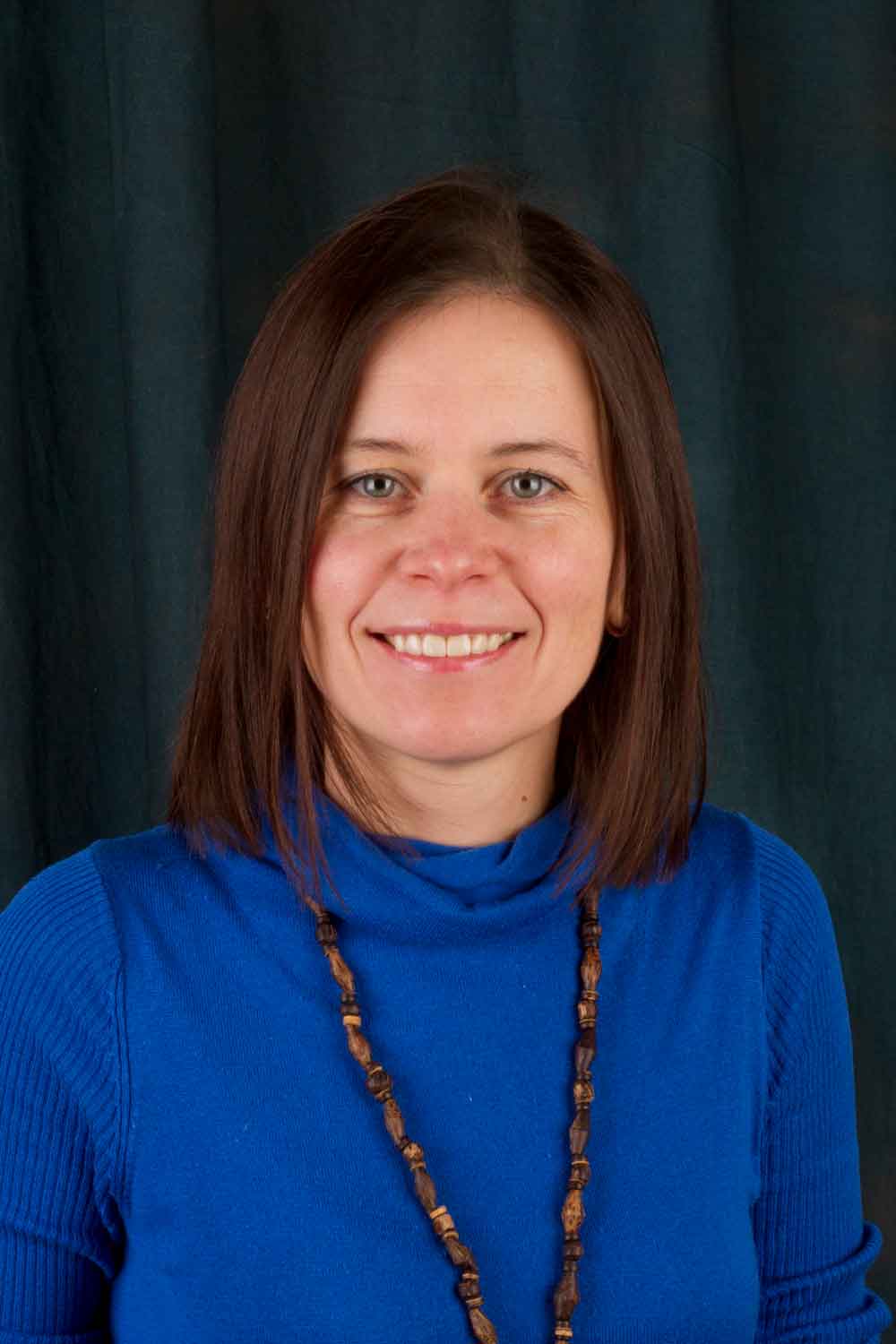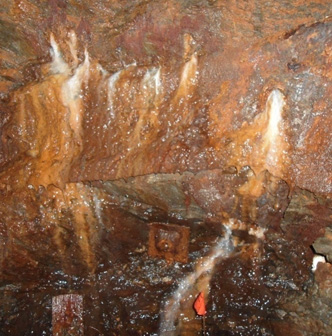
Thriving Underground Ecosystems
Thriving ecosystems of microorganisms reside almost a mile under the earth in the tunnels of the old Homestake Mine. These tiny creatures live in biofilms that grow on the mine walls. In these areas, the biofilms are home to a variety of microorganisms from bacteria to microscopic multicellular animals. (poster) Discovering Biodiversity in Deep Sub-Terrestrial Ecosystems Morgan Weigel, Bethany Reman, Oxana Gorbatenko, Dr. Cynthia Anderson, Dr. Shane Sarver
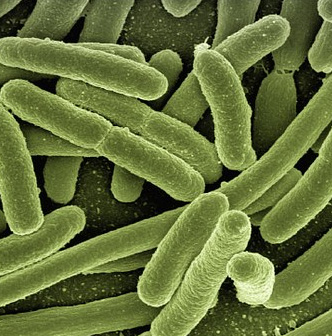
Antibiotic Research
Widespread antibiotic use has contributed to increased numbers of bacteria that are resistant to the very drugs used to combat them. Lipid A makes up the outermost membrane of gram-negative bacteria species that can cause sepsis. Students at BHSU are involved in research to synthesize and test novel Lipid A inhibitors against bacterial pathogens, E. coli and Pseudomonas aeruginosa. (Poster) Synthesis and Evaluation of Lipid A Inhibitors: A New Class of Antibiotics to Combat Gram-Negative Bacteria Alex Wiley, Katie Nielson, Claire Ferguson, Hannah Johnson, Dr. Dave Bergmann and Dr. John Dixson
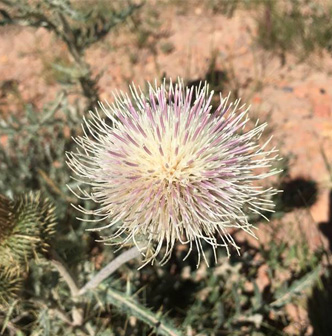
Interspecific HybridIzation
Interspecific hybridization refers to the crossing of different species, and sometimes occurs naturally in the wild. Individuals in hybrid zones show extraordinary phenotypic variation which allows biologists to evaluate the functional significance of trait differences between species and determine their genetic basis. BHSU students are investigating the variation in floral traits across a hybrid zone between two thistle species (Prairie Thistle, Cirsium canescens and Wavy Leaf Thistle, Cirsium undulatum). (Poster) Reproductive Biology and Trait Segregation in a Thistle Hybrid Zone Cathryn Hester, Tyler Bortz, Dr. Tara Ramsey and Dr. Justin Ramsey
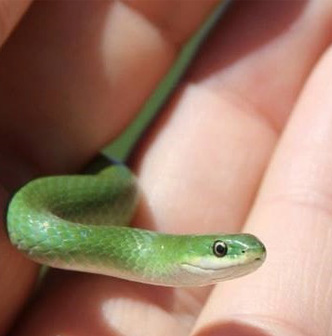
The Smooth Green Snake
The smooth green snake (Opheodrys vernalis) is a small, harmless insect-eater found in wet meadows and forest edges, making it a good indicator of ecosystem change. To study population relationships and clarify subspecies status, researchers sampled 119 snakes across their range using mitochondrial and RAD sequencing, identifying over 3,000 unique gene segments. They found significant genetic differences between populations, regardless of location. Northern, wetter regions (e.g., Manitoba, Ontario, Appalachians) showed more gene flow and expansion, while isolated populations in arid areas (e.g., New Mexico, Nebraska) had limited gene flow and contraction. The Black Hills (SD) population is intermediate—stable but vulnerable to warming. No genetic evidence supported subspecies separation. Gene flow likely followed northward migration into wetter habitats after the last glacial retreat. Due to isolation and limited gene flow, conservation should focus on protecting local populations. Phylogeography of the Smooth Green Snake, Opheodrys vernalis – Brian Blaise & Dr. Brian Smith




